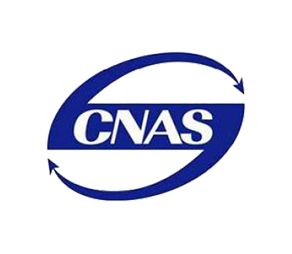Product Overview
Our PPR pipes and fittings are engineered for modern plumbing systems, offering high durability, excellent resistance to temperature variations, and corrosion-free performance. Designed for hot and cold water applications, our product range includes essential components such as PPR female adaptor, PPR male adapter, coupler PPR, coupling PPR, and PPR end cap—all manufactured to international standards for quality and safety.
Key Features
Premium Material – Made from high-grade Polypropylene Random Copolymer (PPR) for long-lasting performance.
Temperature Resistance – Withstands hot and cold water without deformation or leakage.
Corrosion-Free – No rust, scaling, or chemical degradation.
Leak-Proof Design – Precision-engineered threads and seals for secure connections.
Eco-Friendly – Non-toxic, recyclable material, safe for drinking water applications.
Available Products in This Range
1. PPR Female Adaptor – Connects PPR pipes to metal fittings with internal threading, ideal for mixed-material plumbing systems.
2. PPR Male Adapter – Features external threading for easy connection to metal valves, taps, or other fittings.
3. Coupler PPR – Used to join two PPR pipes of the same diameter in a straight line.
4. Coupling PPR – Similar to a coupler but can include variations for different diameters or special applications.
5. PPR End Cap – Seals the end of a PPR pipe, ensuring a secure closure during system installation or modification.
Technical Specifications
Material: Polypropylene Random Copolymer (PPR)
Sizes: 20mm – 63mm (custom sizes available)
Pressure Rating: PN16 / PN20
Colors: Green, White, or as per customer requirements
Standards: ISO 15874, DIN 8077/8078
| PPR Female elbow | PPR Male elbow | PPR Female tee | PPR Male tee |
| 20*1/2 | 20*1/2 | 20*1/2 | 20*1/2 |
| 25*1/2 | 25*1/2 | 25*1/2 | 25*1/2 |
| 25*3/4 | 25*3/4 | 25*3/4 | 25*3/4 |
| 32*1/2 | 32*1/2 | 32*1/2 | 32*1/2 |
| 32*3/4 | 32*3/4 | 32*3/4 | 32*3/4 |
| 32*1 | 32*1 | 32*1 | 32*1 |
| 40*11/4 | 40*11/4 | 40*11/4 | 40*11/4 |
| 50*11/2 | 50*11/2 | 50*11/2 | 50*11/2 |
| 63*2 | 63*2 | 63*2 | 63*2 |
| 20*3/4 | 20*3/4 | 20*3/4 | 20*3/4 |
| 25*1 | 25*1 | 25*1 | 25*1 |
| 40*1/2 | 40*1/2 | 40*1/2 | 40*1/2 |
| 40*3/4 | 40*3/4 | 40*3/4 | 40*3/4 |
| 40*1 | 40*1 | 40*1 | 40*1 |
| 50*1/2 | 50*1/2 | 50*1/2 | 50*1/2 |
| 50*3/4 | 50*3/4 | 50*3/4 | 50*3/4 |
| 50*1 | 50*1 | 50*1 | 50*1 |
| 63*1/2 | 63*1/2 | 63*1/2 | 63*1/2 |
| 63*3/4 | 63*3/4 | 63*3/4 | 63*3/4 |
| 63*1 | 63*1 | 63*1 | 63*1 |
Applications
Residential and commercial hot & cold water systems
Industrial liquid transport
Compressed air distribution
Heating systems
Agricultural irrigation networks
Advantages of Choosing Our PPR Pipes and Fittings
Long service life (over 50 years under normal conditions)
Quick and easy installation with fusion welding or threaded joints
Lightweight and easy to handle
Reduced installation and maintenance costs
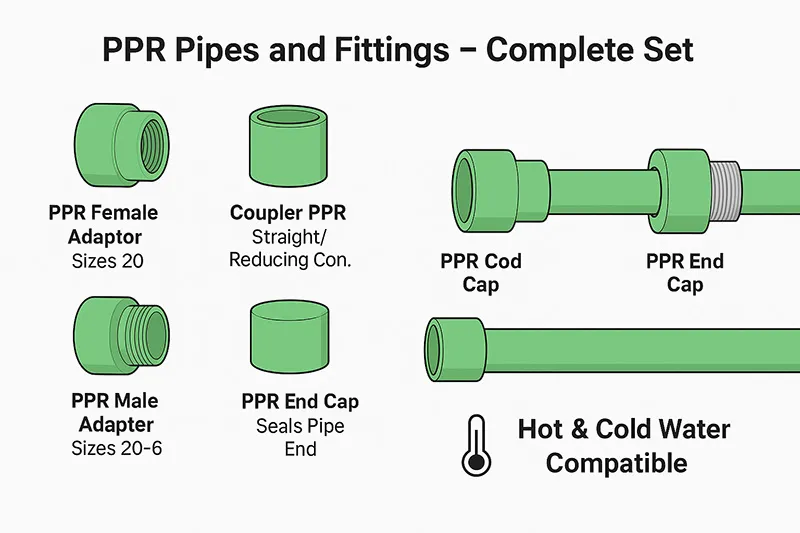
FAQ
Q1: What is the difference between a PPR female adaptor and a PPR male adapter?
A PPR female adaptor has internal threads for connecting to male-threaded metal fittings, while a PPR male adapter has external threads for connecting to female-threaded fittings or valves.
Q2: When should I use a coupler PPR or coupling PPR?
Both are used to join two PPR pipes, but coupler PPR typically refers to a straight connector of the same diameter, whereas coupling PPR may also include reducing couplings for joining different pipe sizes.
Q3: What is the function of a PPR end cap?
A PPR end cap seals off the end of a pipe during installation or when a line is not in use, preventing leakage and contamination.
Q4: Are these PPR fittings safe for drinking water?
Yes. Our PPR pipes and fittings are made from food-grade material, certified safe for potable water applications.
659.webp)
339.webp)
738.webp)
377.webp)
749.webp)
514.webp)
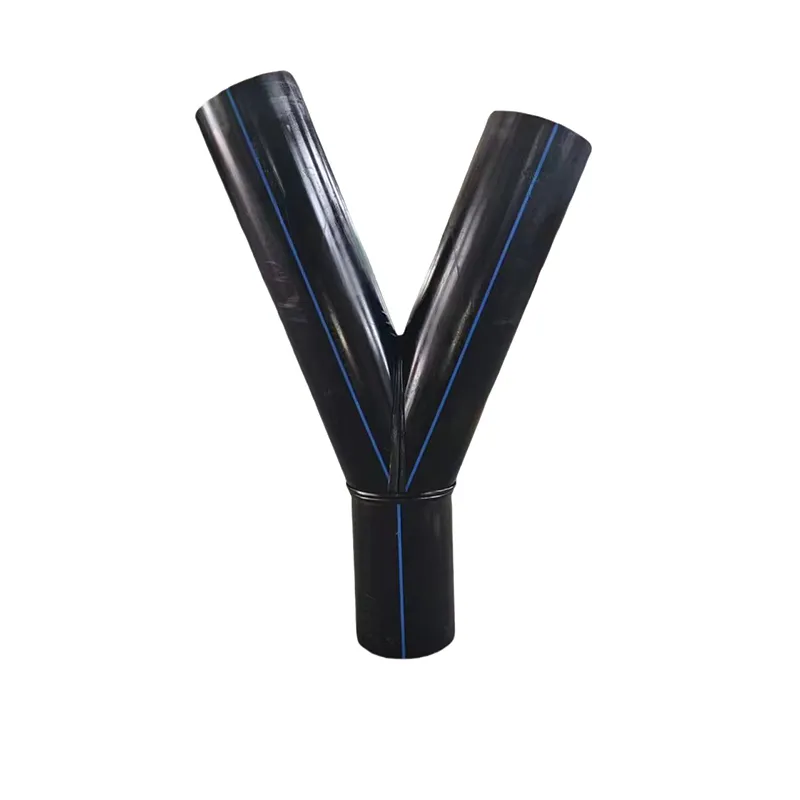
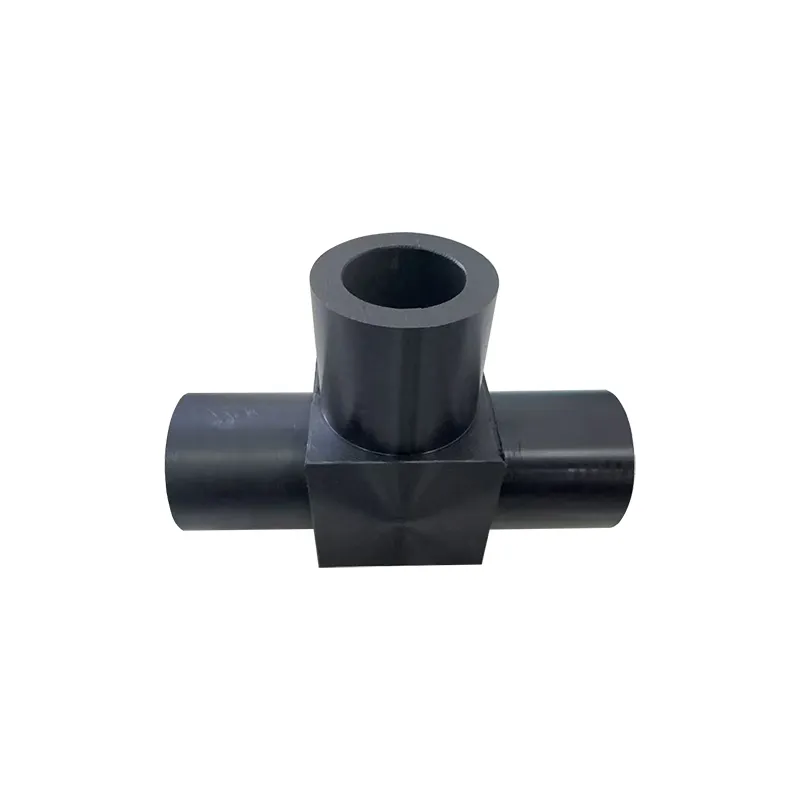
328.webp)
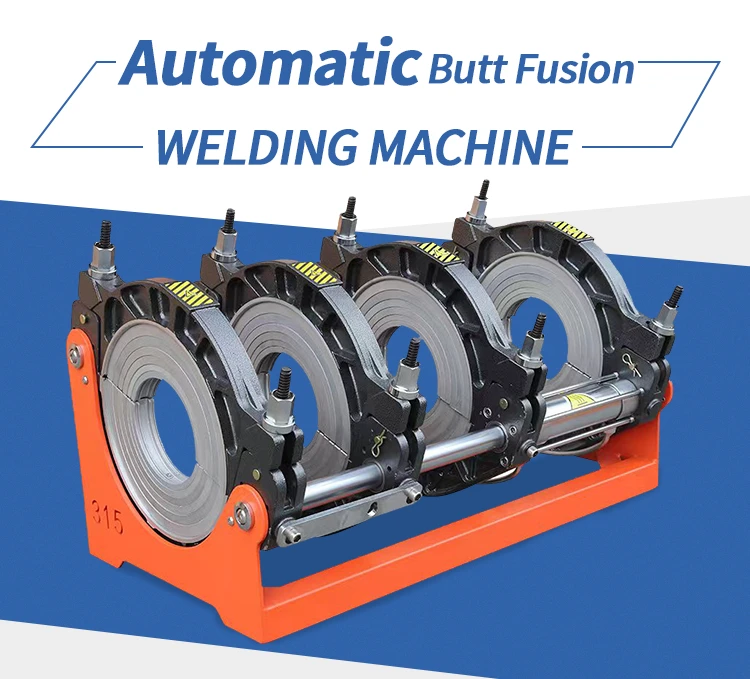
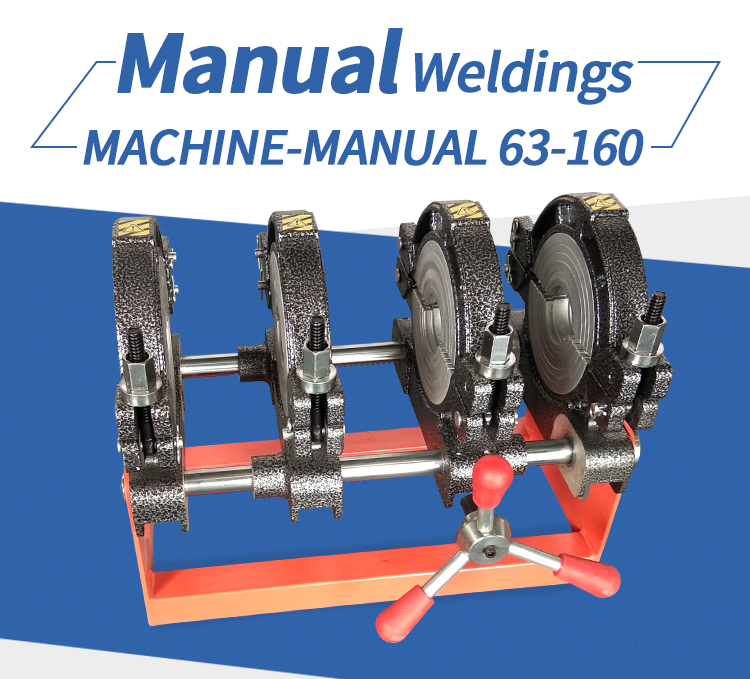
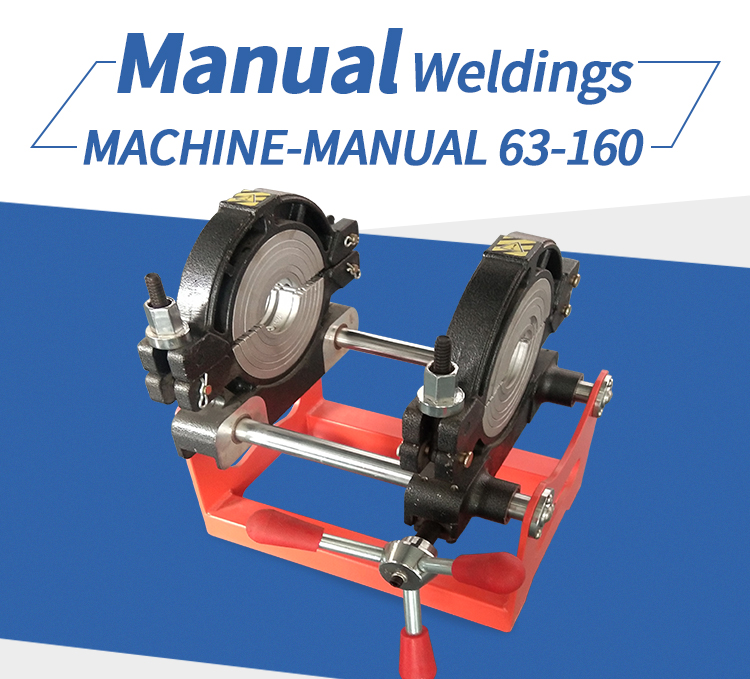
210.webp)

